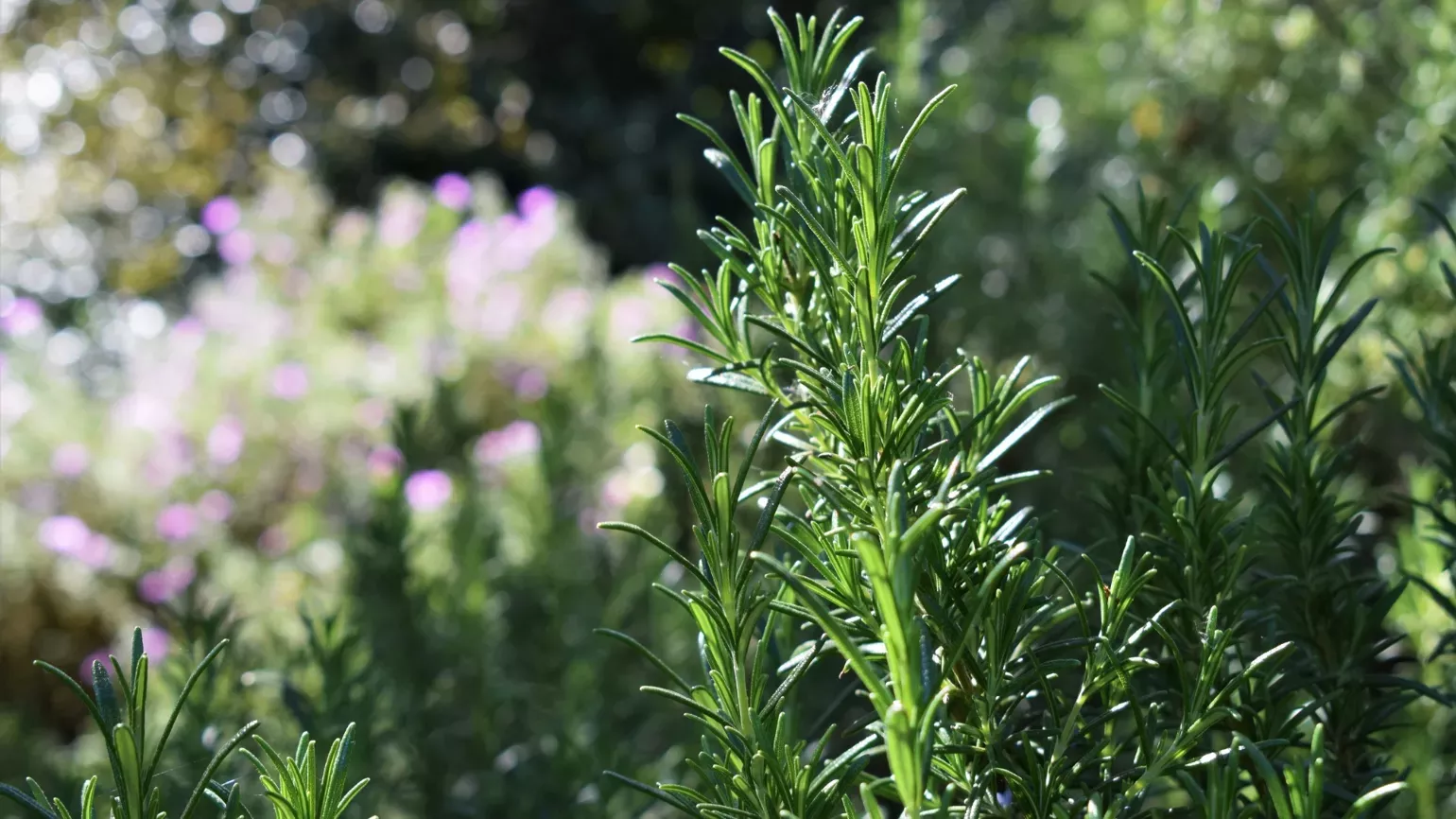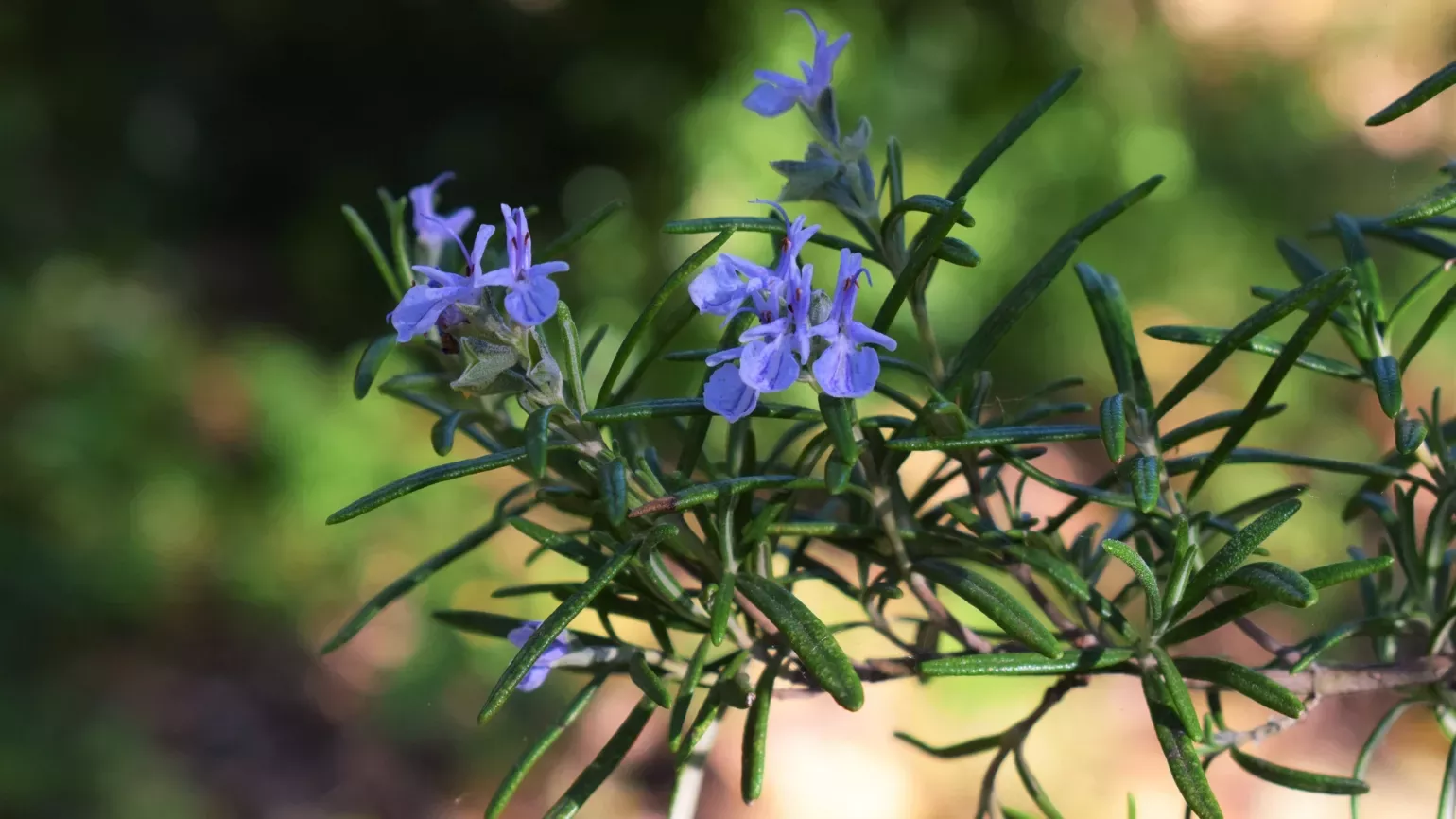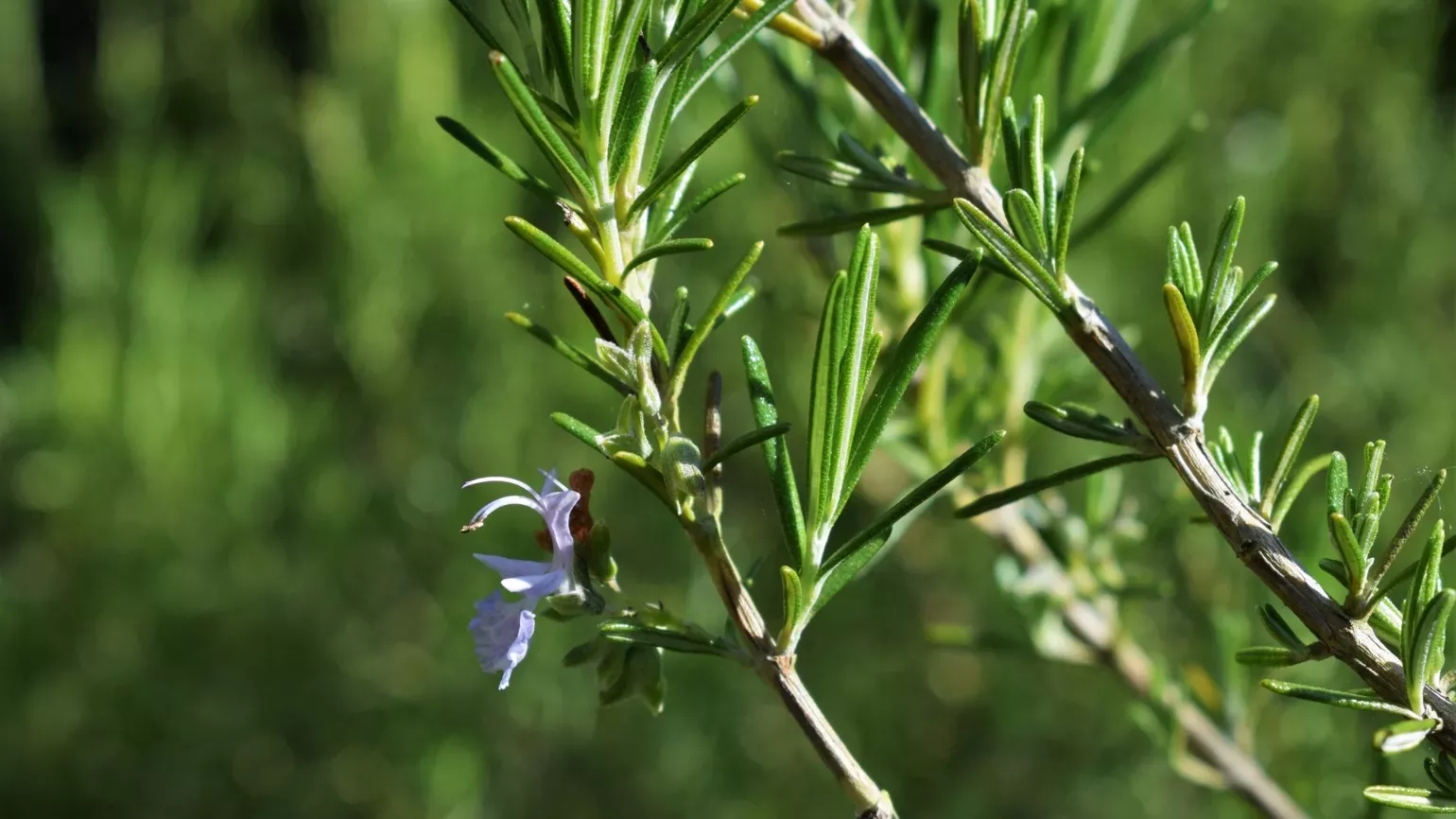
Manuka
On this page
Native to Australia and New Zealand, the manuka plant is widely known and sought after for its honey.
Manuka honey has healing powers, alongside a unique texture and taste.
Plant description
An evergreen shrub or small tree with white, occasionally pink flowers and small, rigid leaves that have a sharp tip. The fruit are woody capsules that appear on the plant all year round.
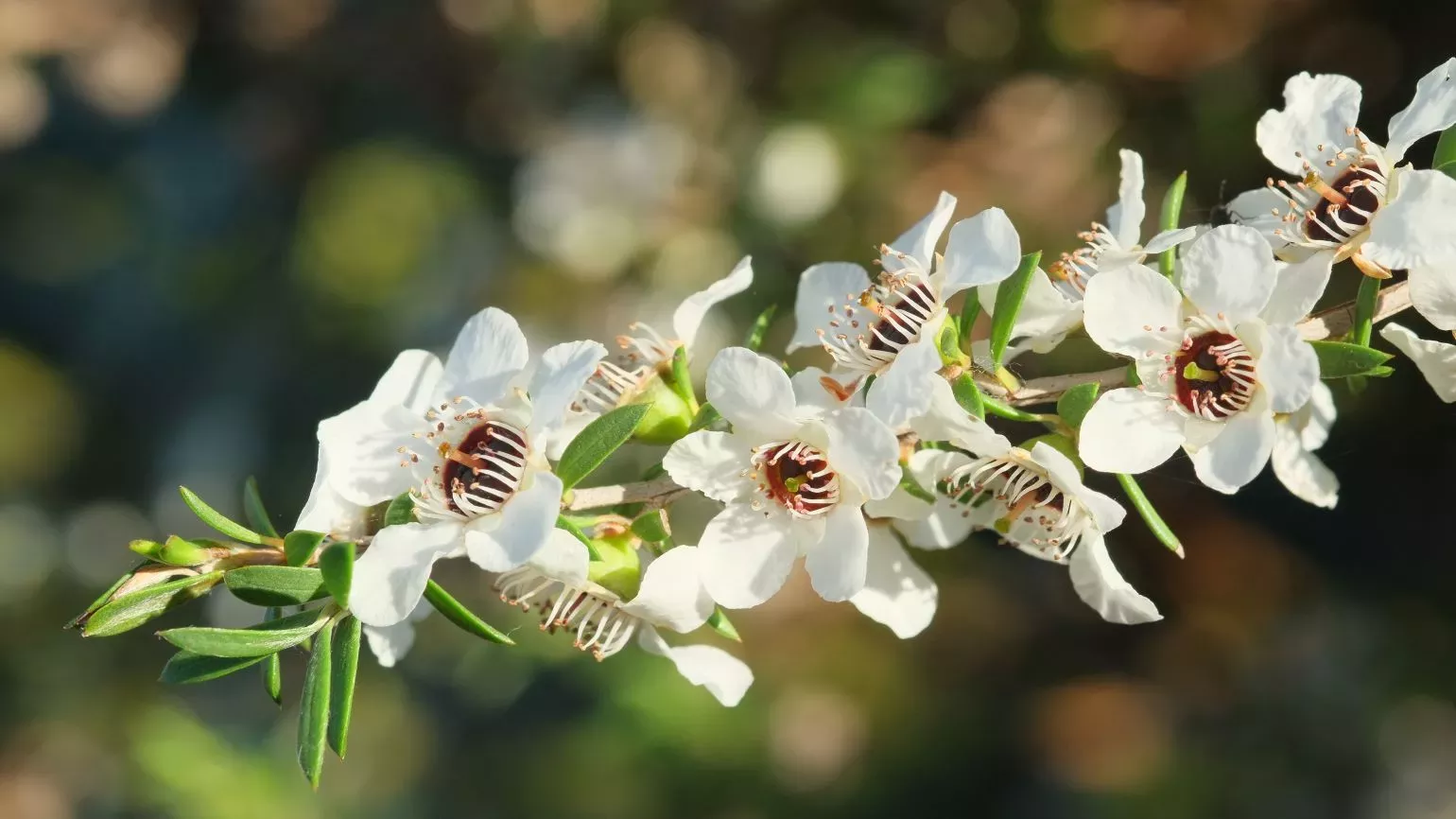
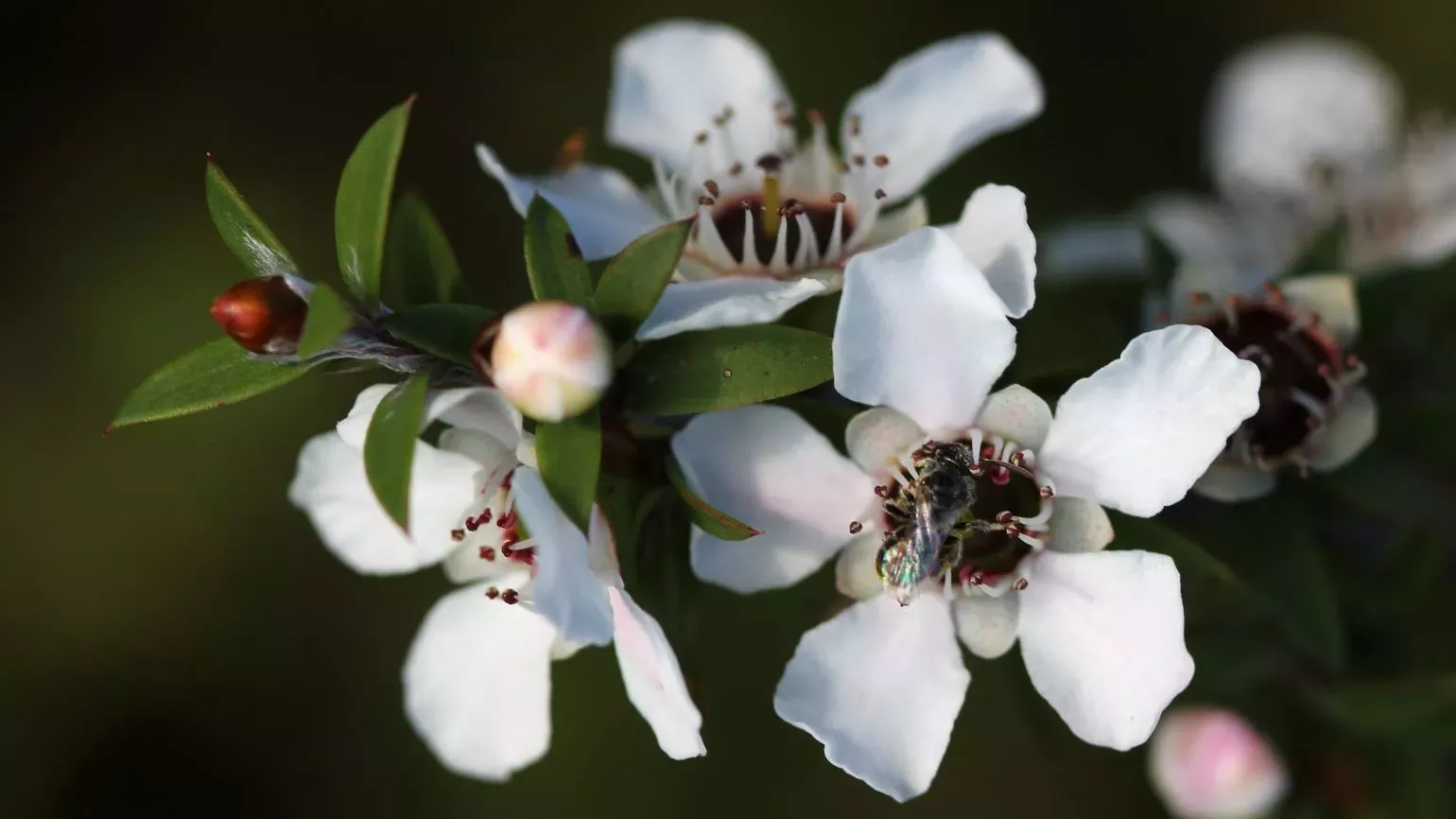
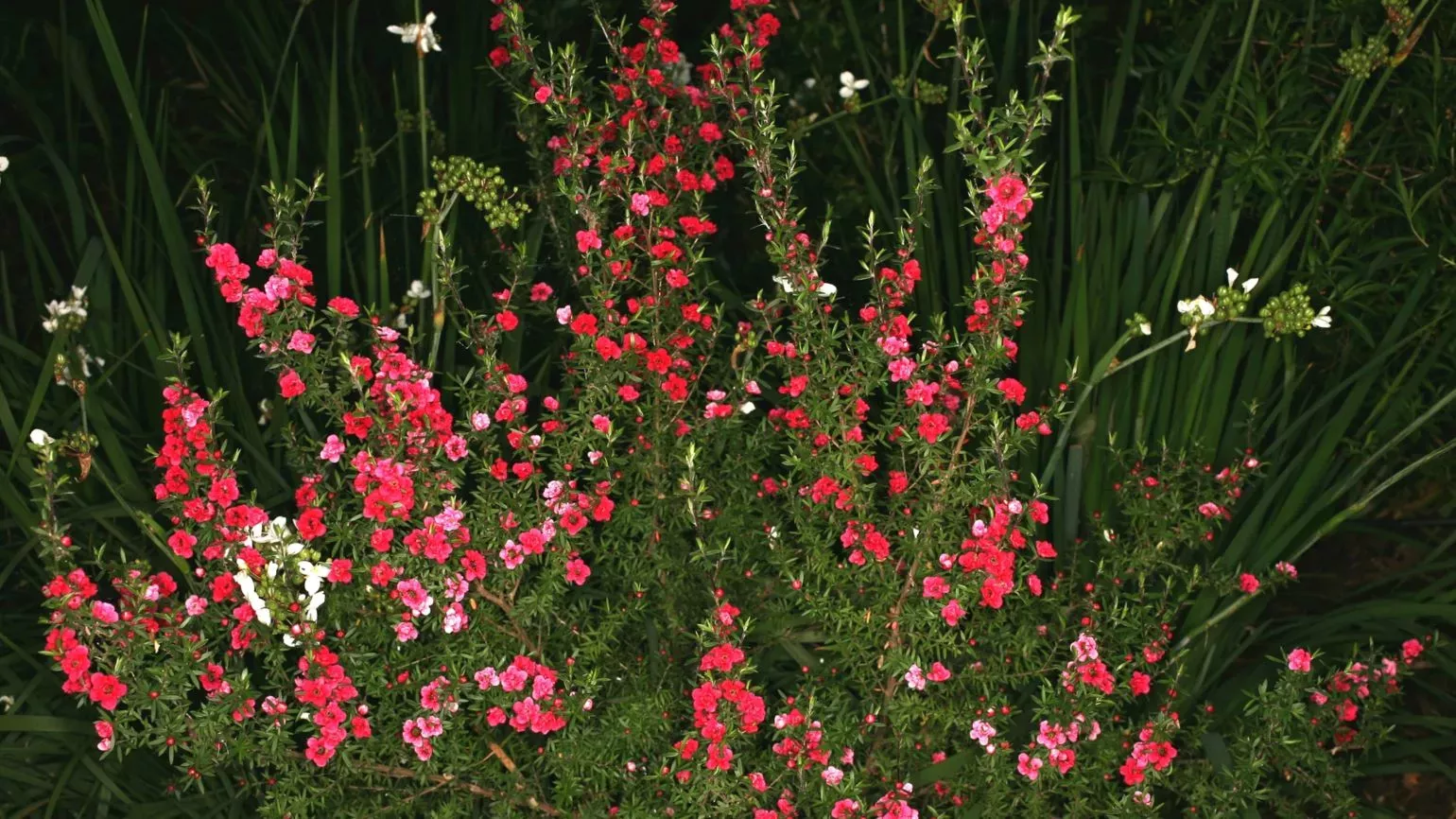
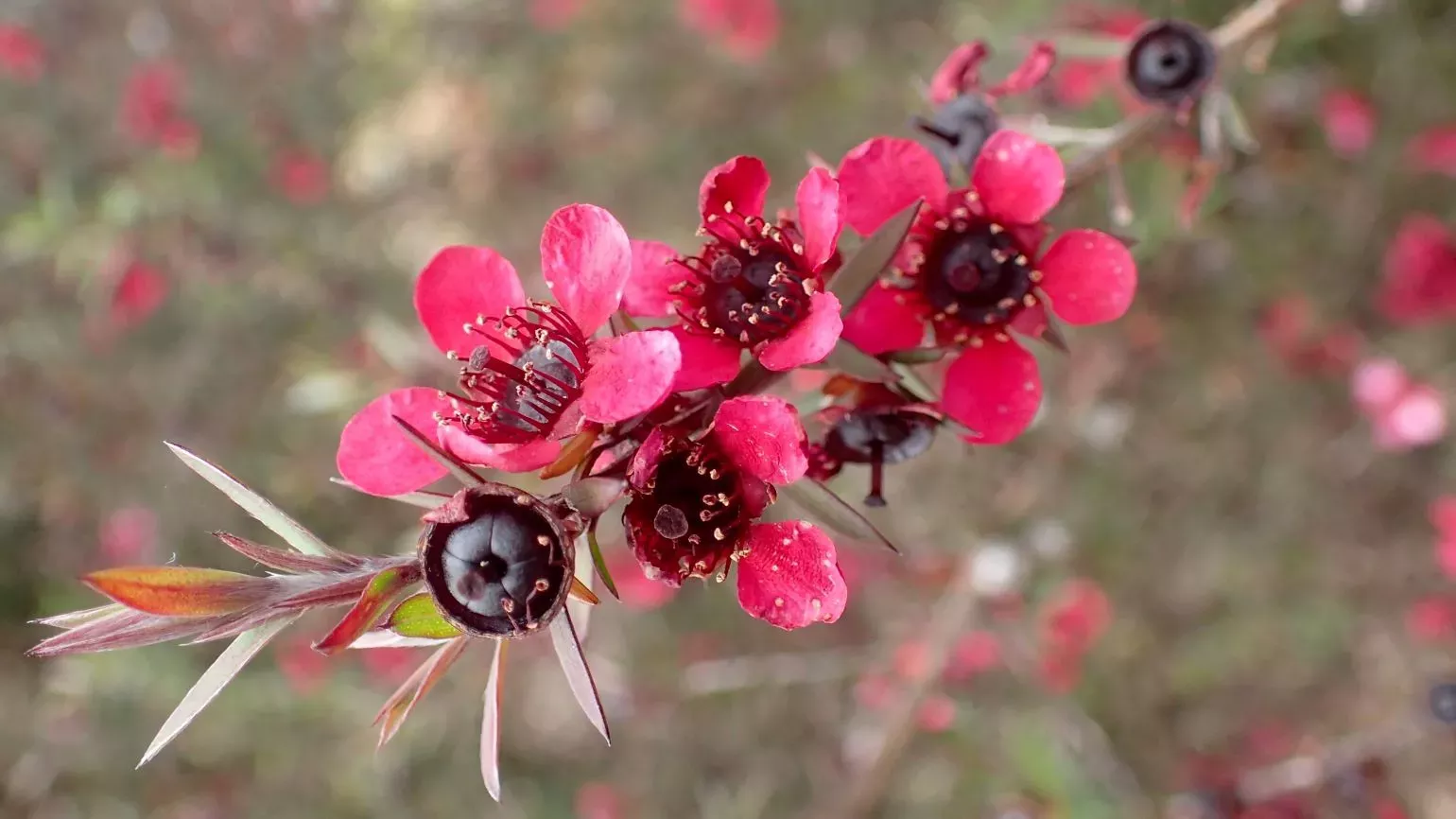
Plant uses
Beauty and cosmetics
Extracts from the leaves of manuka are used in cosmetics to improve skin by decreasing flakiness and protecting against UV damage and skin ageing.
In hair care products, the extracts are reported to help hydrate, repair, and strengthen hair.
Food and drink
Manuka honey is produced by bees that pollinate flowers of the manuka plant. It has a thick texture and rich flavour.
The leaves of the manuka plant can be brewed to make a tea.
The Maori (Māori) people of New Zealand (Aotearoa) have traditionally eaten a sweet gum-like substance from the branches of the manuka (mānuka) plant.
Health
Maori people have used the manuka plant for its medicinal properties for generations.
Essential oil extracted from manuka leaves is used to provide some antibacterial activity. The oil is also reported to sooth itchy skin.
Materials and fuels
Maori people have used young manuka plants to make crayfish pots and eel baskets.
The hard, red wood of manuka was also widely used by Maori people to make paddles, weapons, tools and build houses, and the bark was used to make water containers and a waterproof layer for roofing.
Did you know?
Manuka has some adaptations to fire. It is one of the first plant species to regenerate and dominate recently burned or cleared land in New Zealand.
The manuka plant can thrive in habitats with limiting environmental conditions like permanently wet ground and dry exposed sites.
Manuka plants are considered to be invasive weeds in some areas as they produce numerous seeds which are very light and easily dispersed.
Where in the world?
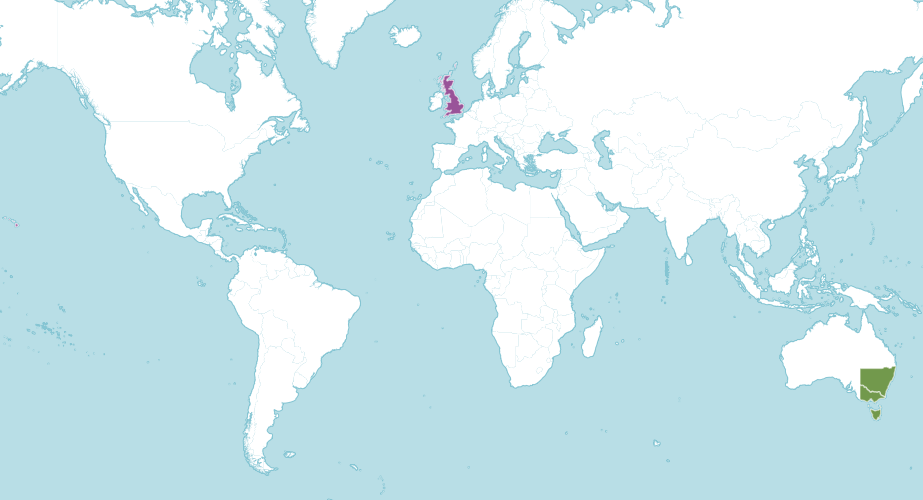
Wetlands, river gravels and dry hillsides in coastal to low alpine areas.
Find it in our gardens
Kew Gardens
A botanic garden in southwest London with the world’s most diverse living plant collection.
Location
Australian section in the centre block of the Temperate House, and in front of the Marianne North Gallery
View map of Kew GardensBest time to see
Wakehurst
Kew’s wild botanic garden in Sussex that has over 500 acres of plants from around the world and is home to the Millennium Seed Bank.
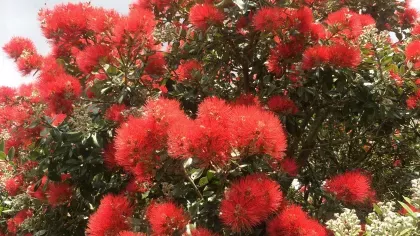
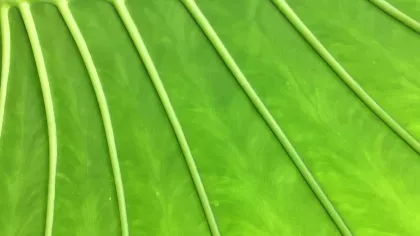
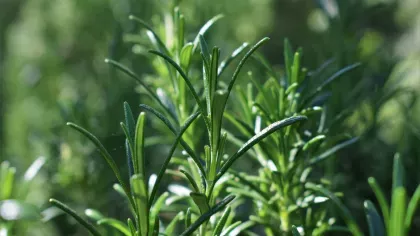 Salvia rosmarinus
Salvia rosmarinus
